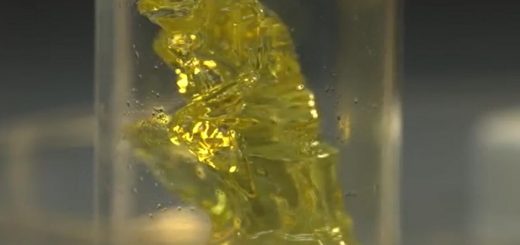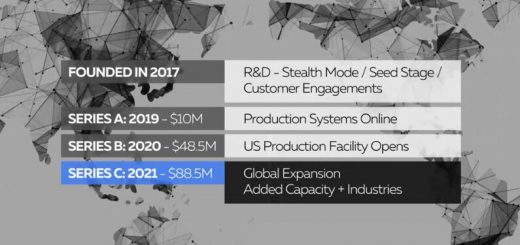It’s a Match! How Artificial Intelligence and 3D Printing Can Work Together
Artificial Intelligence and 3D printing are technologies that are still developing and getting more important every day. Our article demonstrates how these two can work together.
Artificial Intelligence (AI) isn’t rocket science anymore, it’s already part of our daily life and as the technology is still growing, it’ll definitely be a bigger part of our future.

The same development can be witnessed with 3D printing which is becoming more important every day and it’s still growing fast. Just think of, for example, constructing medical implants made of biomaterial with an ability to self-heal and regenerate, or building bridges with a new synthetic material fabricated with a unique blend of protein molecules similar to the ones used to produce spider web silk. That’s where AI could help. Wouldn’t it be really great if you could bring both technologies together?
![]() Defect Detection
Defect Detection
For instance, when it comes to defect detection, AI could be included in 3D modelling programs via CAD software. Using AI in 3D printing could further optimize the printing process and help avoiding errors: The joint force of these technology could develop tools that are able to find defects that could make the model non-printable in a 3D model. A real-time control by the AI could considerably reduce time and material waste. Also, AI could be used after the printing process to detect problems directly, and to improve the quality control of the 3D printed models.
AI Build, a company based in London, already developed an automated AI-based 3D printing technology, with a smart extruder, allowing to detect problems: Their “AiMaker” is a high precision robotic end-effector that attaches to industrial robotic arms and is able to 3D print large objects at high speed with great accuracy. Combining advanced AI algorithms with real-time manufacturing data from its sensors and cameras, it detects any problems and makes autonomous decisions on the fly for achieving the best possible print quality.
![]() Precision and Reproducibility
Precision and Reproducibility
AI could also be a solution for one of the biggest challenges in additive manufacturing: The need for greater precision and reproducibility in 3D-printed parts.
Supported by the National Science Foundation, a team from the College of Science in Purdue developed a new model-building algorithm and computer application for geometric accuracy control that could potentially improve part printing. This technology quickly corrects computer-aided design models and produces parts with improved geometric accuracy. It ensures that the printed parts conform more closely to the design and remain within necessary tolerances. This method also leads to improved consistency, assuring that the part will perform the same way even if it’s printed on a different machine. It’s also able to create complex designs that would not be possible with traditional manufacturing processes.
![]() Designs and New Materials
Designs and New Materials
On top of the designs, AI is playing a key role in the process of inventing new materials with superior functions. This new development in engineering is enabling scientists and engineers to design a new class of materials that are stronger, lighter, more flexible, and less expensive to manufacture and thereby addresses the key challenges the industry has to tackle. Machine learning, and predictive modelling, a powerful subset of AI, are being used to accelerate the discovery of these new materials. Designers simply enter the desired properties into a program and algorithms predict which chemical building blocks can be combined at a micro level to create a structure with the desired functions and properties.
![]() A Perfect Match? AI as a Part of 3D Modelling Programs
A Perfect Match? AI as a Part of 3D Modelling Programs
3D printing is a complex process, and AI could improve it considerably and make it even more efficient. The combination of Artificial Intelligence and 3D printing could lead to new applications of the additive manufacturing technology and more.
As you can see, the future of AI in advanced materials, design, and engineering seems quite promising. Experts agree it will serve as a cornerstone to future innovation in almost every industry. We’re pretty sure that AI and 3D printing have a great future together and are curious about what’s coming next.
Source: drupa




Recent Comments